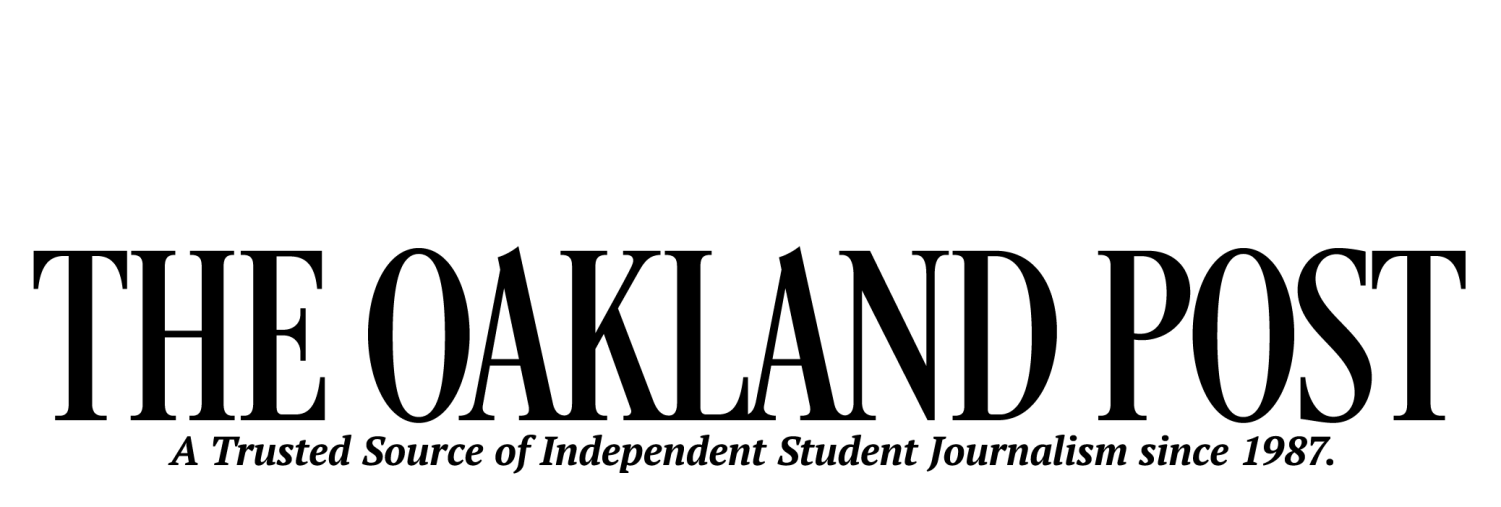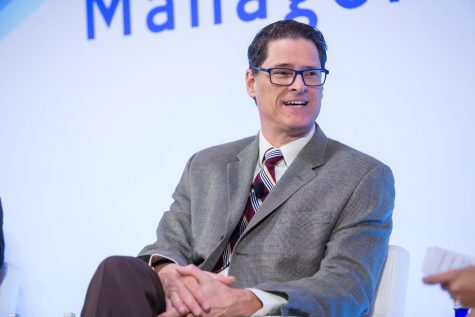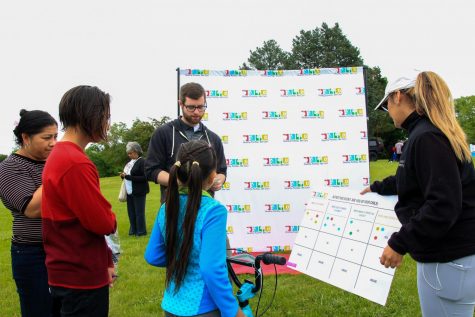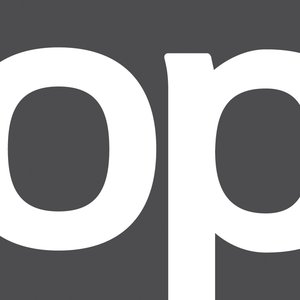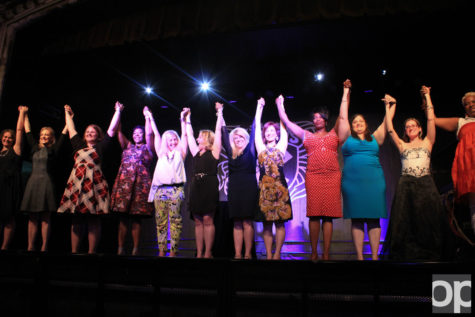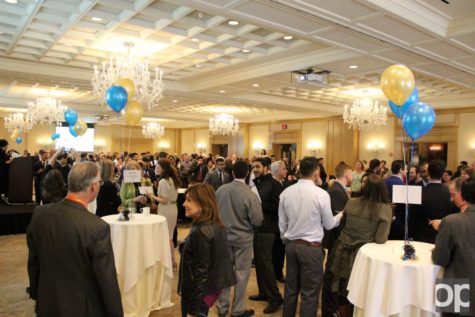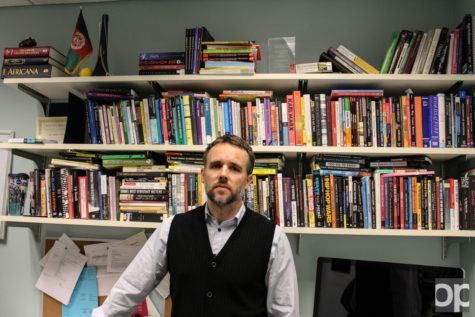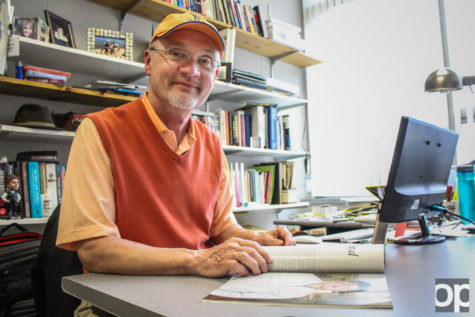Profile – Dr. Kapila Clara Castoldi
By WIBKE RICHTER
Web Intern
Any thoughts yet regarding what you are going to do after graduating? Maybe you don’t even know at all what you should major in while everybody discusses the bad shape of the worldwide economy and the gloomy picture that darkens the sky over so many professional fields. The future does indeed seem a bit cloudy at the moment with people being laid-off all over the country and an unemployment rate in Michigan that hit 11.6 percent according to the preliminary statistics for January 2009 of the U.S. Department of Labor.
Students ask which industries will offer work and which jobs have future in Michigan. According to a Detroit Free Press article, Gov. Jennifer Granholm went to Washington last Tuesday to ask for more federal money to support the auto industry, but also for money to invest in the alternative energy sector.
“We understand how a new energy economy can be a source of increased innovation and job creation. In fact, the Center for American Progress calculates that Michigan can create 60,000 new jobs by investing in wind, solar, biofuels and energy efficiency,” said Granholm in a radio address earlier in March.
What can students do with this information? Taking classes in science related fields such as physics, chemistry or biology could build a good foundation for working in the alternative energy industry. Some probably remember their trips to the Detroit Science Center or the Cranbrook Institute of Science to get a basic understanding of science when they were younger.
The College of Arts and Sciences offers different Bachelor programs that build on student’s interest and basic knowledge of science. Clara Castoldi, adjunct associate professor in Physics, teaches General Physics and two astronomy classes about the solar system, stars and galaxies during the 2009 summer semester.
Originally from Italy, Castoldi came to the U.S. in 1980. “I came to investigate the possibility of a collaboration between Italian and U.S. universities. We were bringing the technology of silicon detectors for particle physics and were looking for a U.S. experiment where this technology could be applied,” she said.
She planned to stay for a month, but ended up staying much longer. “I also liked so much the international collaborations — growing from being an Italian to being a citizen of the world,” Castoldi said about her decision to stay.
Q: What do you teach?
A: I teach pretty much all introductory courses. Primarily PHY 101 and 102 — General Physics; PHY 104 — Astronomy, the Solar System; PHY 105 — Astronomy, Stars and Galaxies; PHY 106 — Earth Sciences. I also supervise the labs associated to these courses.
Q: Who in your field inspires you to teach?
A: Leon Lederman, Nobel Prize in Physics in 1988 and former director of Fermilab. I did several years of research there. At Fermilab Dr. Lederman created the Lederman Science Center for math and science education. He is now still active in outreach to schools.
Q: What is on your reading list?
A: Well, it’s a long list! I am gradually reading a number of books on energy, including alternative energy — especially active and passive solar and wind energy -—and also the socio-economic aspects of the issue. I am indeed working at creating an energy course at the introductory level. Perhaps top of the list though is “Quantum Enigma” by Bruce Rosenblum and Fred Kuttner. In the author’s words: “A straightforward account of the encounter of quantum mechanics with human consciousness.” The connection between physics and metaphysics has always been one of my favorite topics.
Q: Could you describe what you do at OU in one sentence?
A: I am trying to inspire the new generations, showing them how fascinating the science of physics can be.
Q: What is your favorite OU sport to watch live?
A: To be quite honest, I am not a sports person. I admire those practicing track and field, but I am mainly a book worm!
Q: It’s lunchtime and you’re hungry. Have you packed your own lunch, are you going to the OC or are you ordering out?
A: Actually, as a good Italian, I cook my own meals and bring my own lunch to OU. Mediterranean food is absolutely the best!
Q: How is your office looking? In other words, if I were a student that had an appointment, would I be able to see around the piles of papers?
A: People always comment on how orderly and neat my office is. I also have some paintings that enliven the office. I believe that the space you create around you is a reflection of your mind. I would drive crazy if I were surrounded by piles of stuff. I periodically come to OU an extra day to straighten up my office.
Q: When is bedtime?
A: Around 10:00 pm. Early rise, early to bed. This way one can partake of the energy that the sun brings during the day.
Q: What is the most interesting place that your studies have taken you?
A: Probably Fermilab. That’s where I was able, for the first time in my life, to work with people from around the world and learn that we are all the same, regardless of place of birth and color of skin. Our Physics Department is also a microcosm – each of us comes from a different country.
Q: What do you hope students know before they take your class(es)?
A: Some basic math. That’s the main obstacle to understanding physics. There is this idea that physics is difficult. It is not. It is simply that it is based on math, and many students are very weak in math.
That, plus willingness to spend enough time studying the subject is the simple recipe for success.
